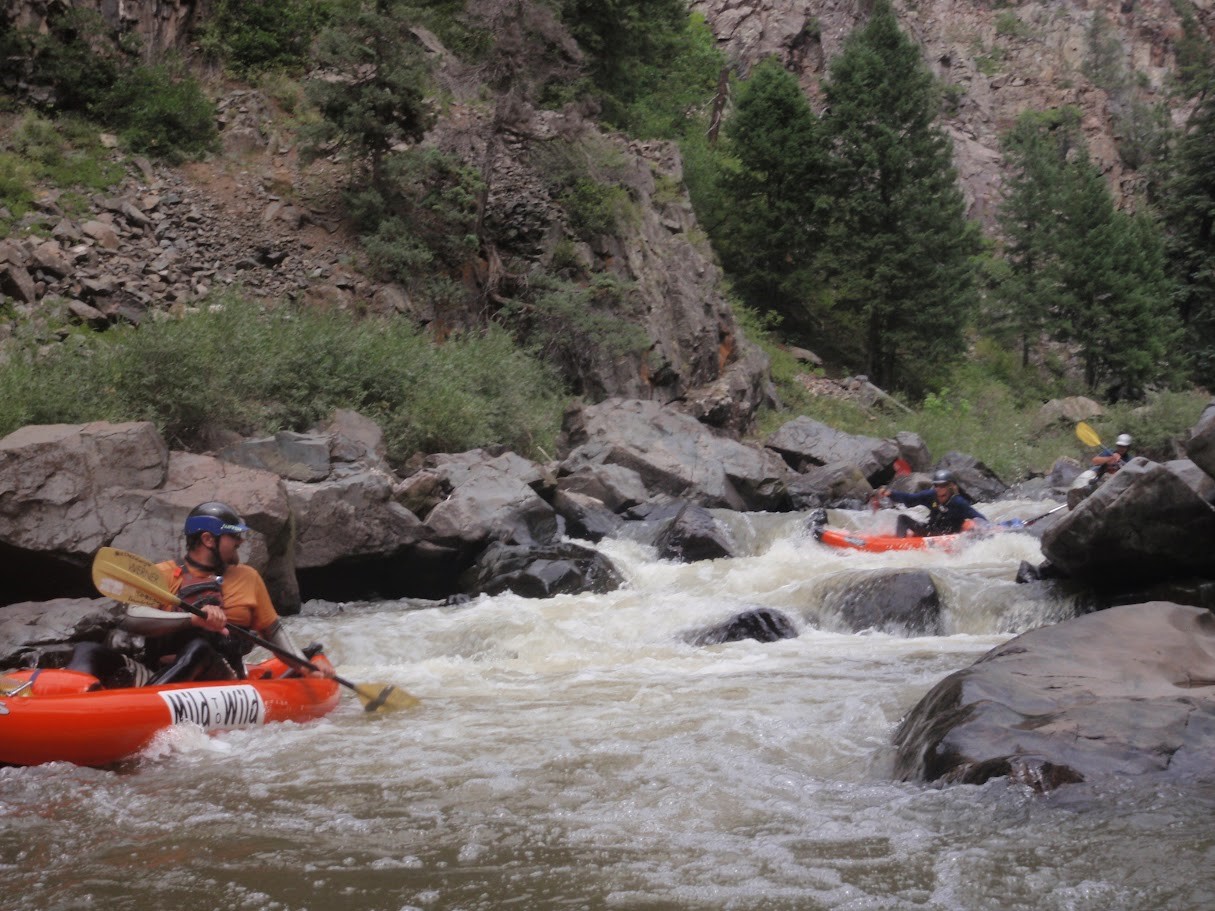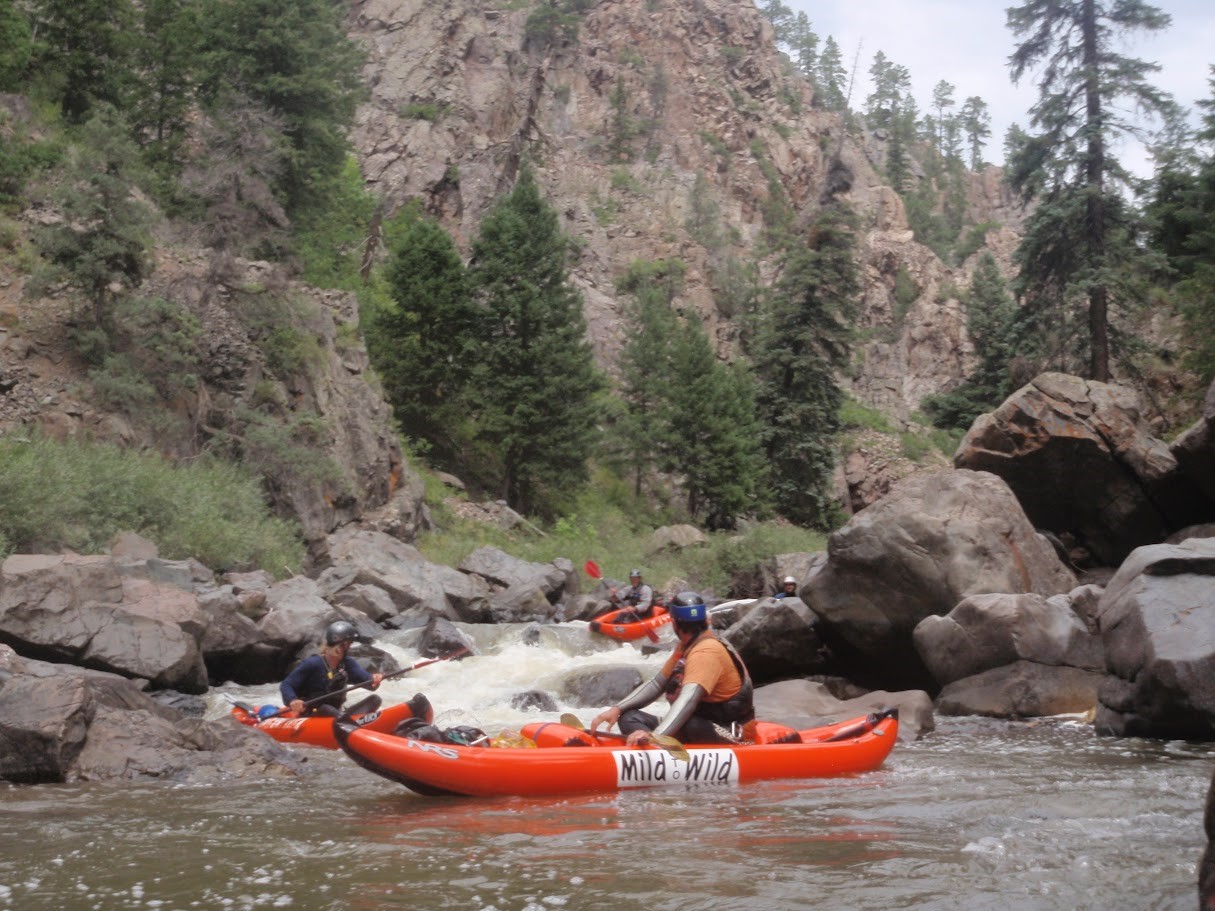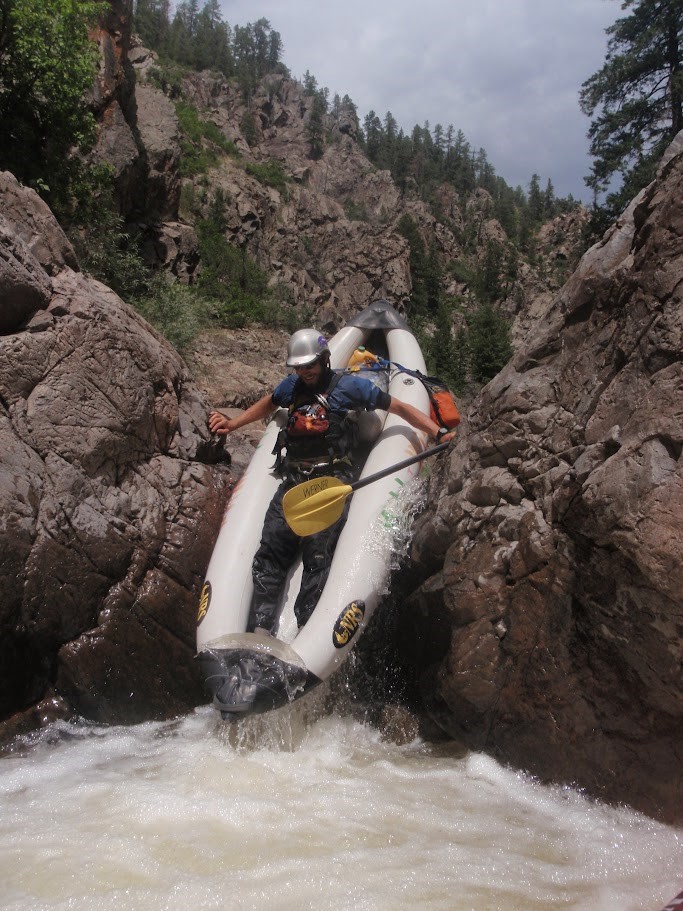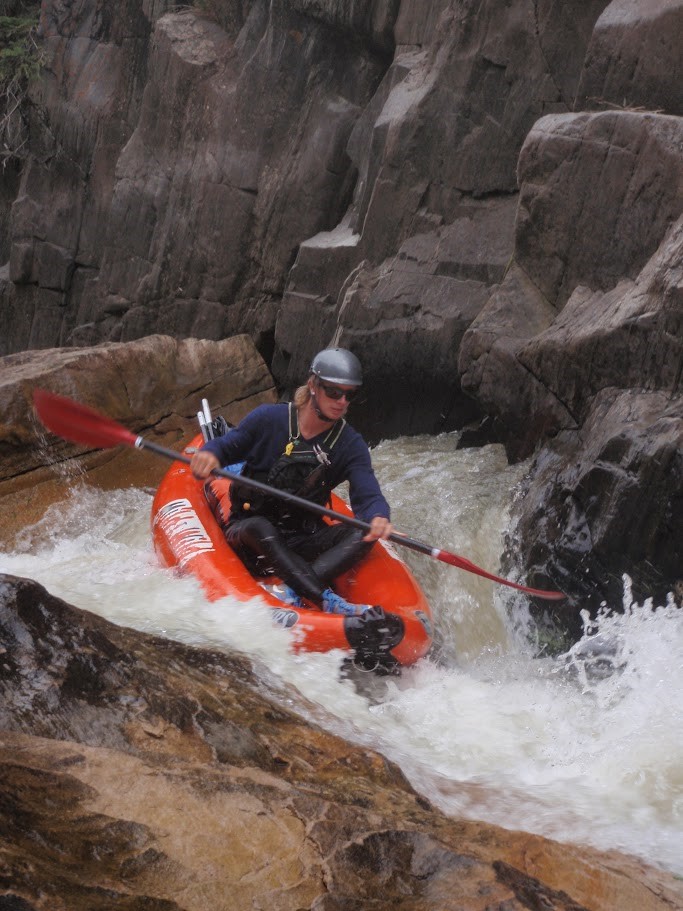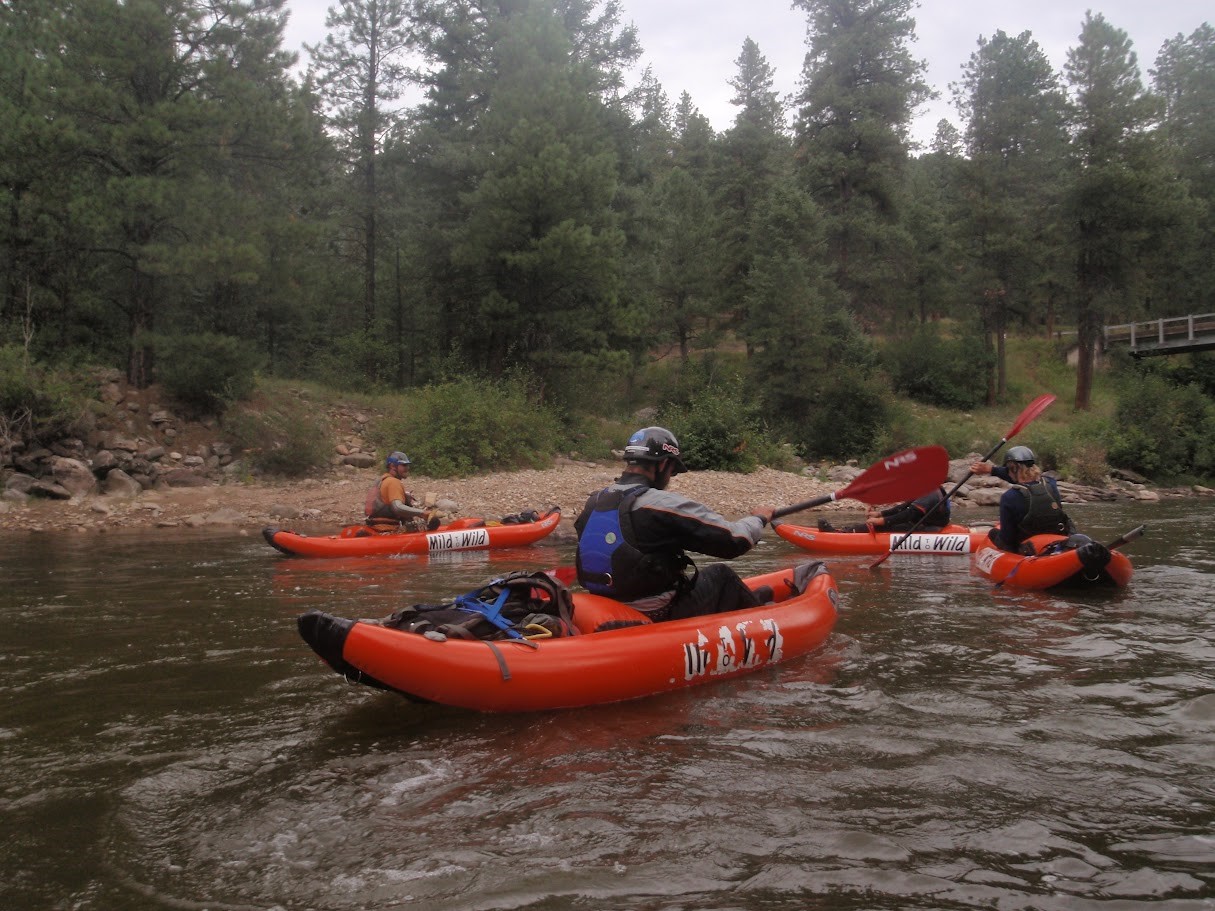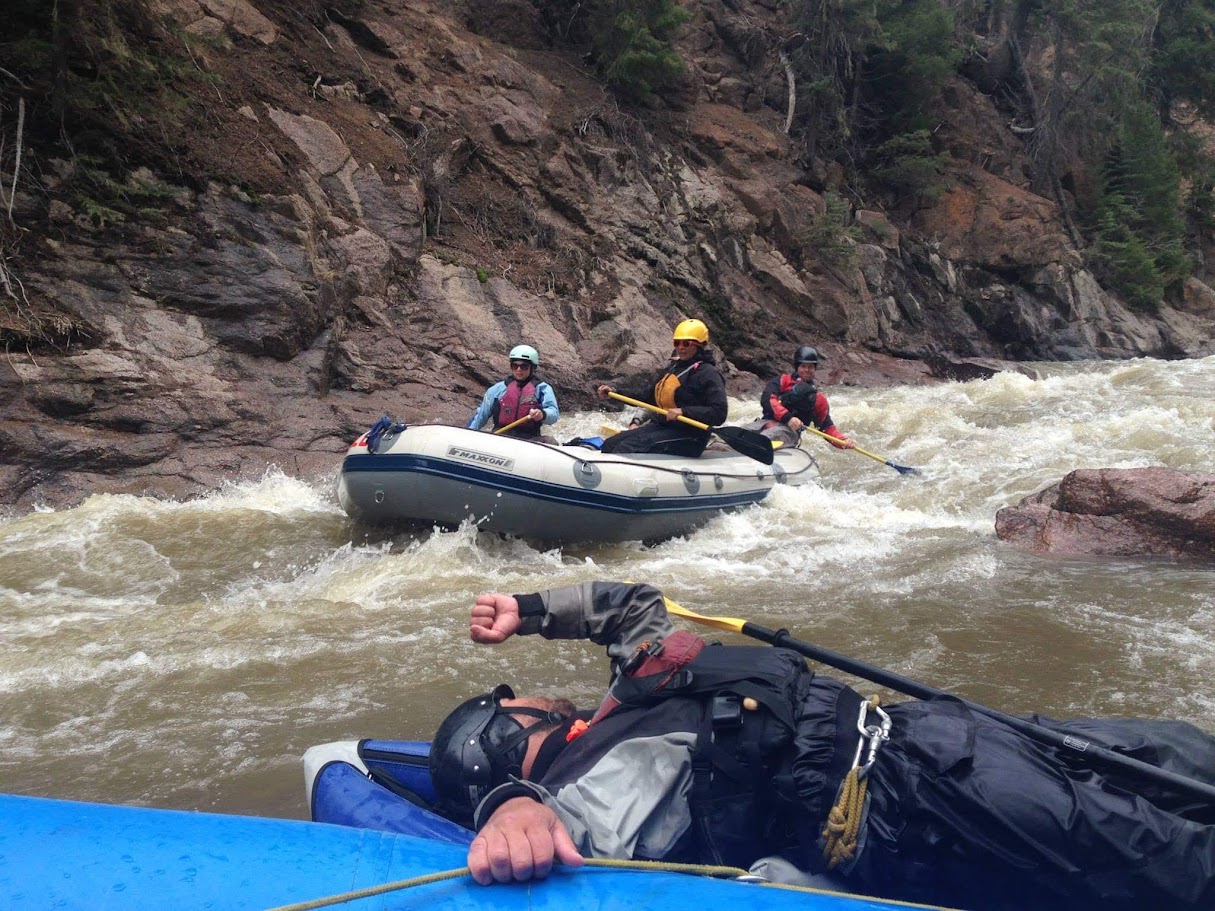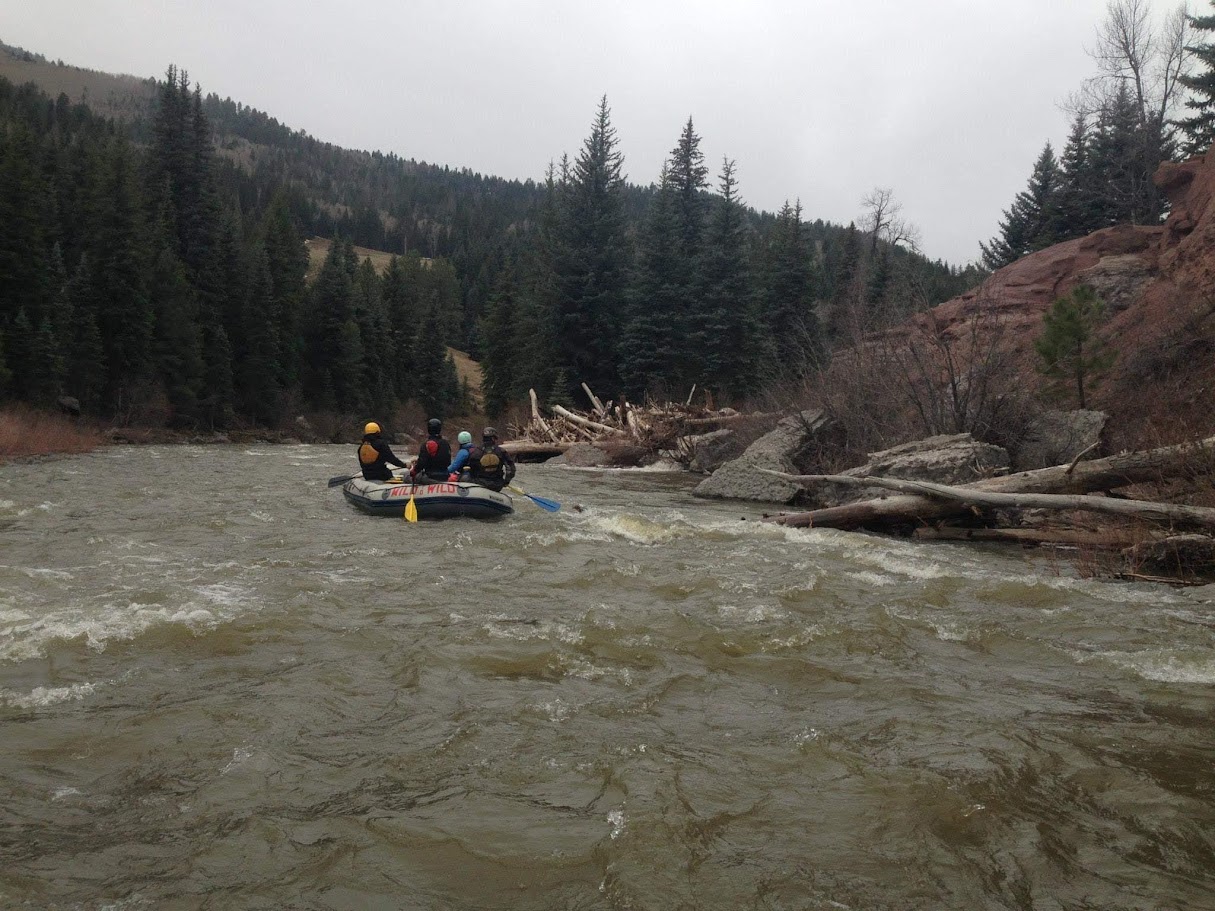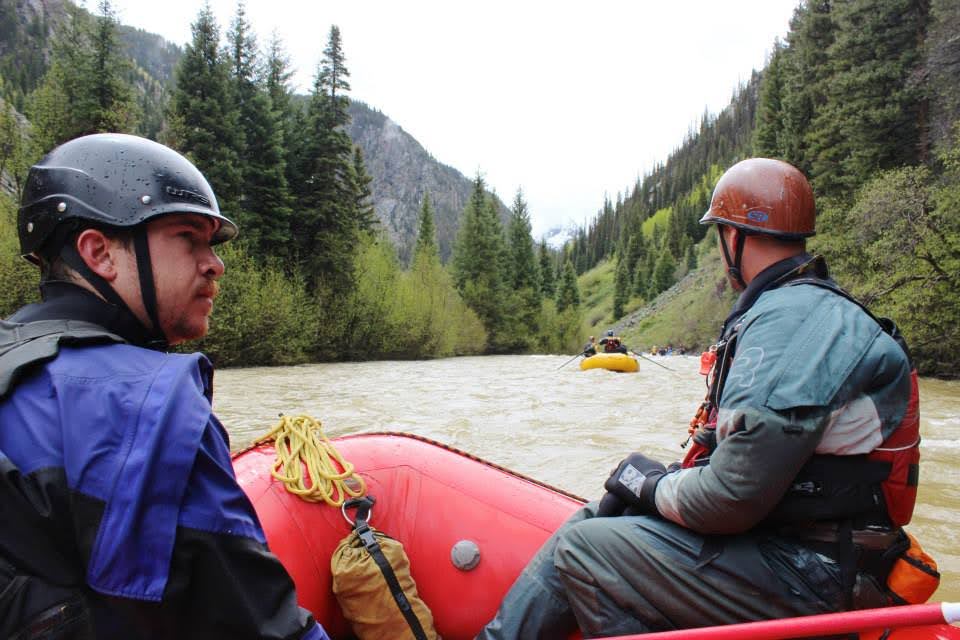Piedra
Piedra River Rafting: A Colorado Adventure Through Untamed Beauty
Craving an adventure that blends heart-pounding rapids with breathtaking scenery? Look no further than the Piedra River in Southwest Colorado. Tucked away in the pristine Weminuche Wilderness and San Juan National Forest, the Piedra offers a rafting experience unlike any other.
The Piedra River caters to various skill levels. The Upper Box boasts Class II and III rapids, perfect for families and first-timers. Navigate playful waves and maneuver around exciting rock formations, all while soaking in the beauty of the surrounding meadows.
As you venture further, the river plunges into a series of isolated "box canyons," aptly named the Lower Box. Here, the difficulty ramps up with Class IV rapids – think exhilarating drops and cascading whitewater! But don't worry, experienced guides will be at the helm, ensuring a safe and thrilling ride.
Beyond the adrenaline rush, the Piedra River offers a glimpse into Colorado's rich history. Designated a "Special Management Area," the surrounding virgin forest stands untouched by logging and development. Imagine paddling past the same landscapes marveled at by indigenous communities centuries ago. Keep your eyes peeled for wildlife – sightings of deer, elk, and even otters (being reintroduced to the area!) are not uncommon.
Rafting trips on the Piedra typically range from one to two days. Outfitters offer various options to suit your needs and experience level.
Rafting the Piedra River is an unforgettable way to experience the raw beauty and untamed spirit of Colorado.
Upper Piedra: This section offers Class II-III rapids and is ideal for families or beginners. The exact mileage for this section can vary, but it's generally a shorter stretch
Lower Box (Piedra Gorge): This section features more technical Class IV rapids and caters to experienced rafters.
Quick Facts
- Section Length: 22 miles (Upper and Lower Box)
- Diffculty: II-IV depending on section
- Typical Season: Late May-Mid June
- Typical Peak: Late May-Early June
- My ideal water flows: 800-2200 CFS Piedra River Near Arboles, CO
Notable Rapids
- Lone Pine
- Limestone
- Big Drop 1
- Big Drop 2
- Big Drop 3
- Son of Mud
- Eye of the Needle
- Meat Grinder
Favorite Campsites
- Hunter Campground
A Wild Heart: A History of the Piedra River
The Piedra River, snaking through the heart of Southwest Colorado's San Juan Mountains, boasts a rich history intertwined with ancient cultures, exploration, and conservation efforts.
Stewards of the Land: Archaeological evidence suggests that indigenous communities inhabited the Piedra River Valley for thousands of years [1]. These populations likely relied on the river for sustenance, using it for fishing, hunting, and irrigation for crops [1].
Early Encounters: Spanish explorers are believed to be the first Europeans to encounter the Piedra River in the late 18th century. However, detailed records from this period are scarce [3].
Ute Legacy: The Piedra River lies within the traditional territory of the Ute people, specifically the Weminuche Ute Tribe. For these communities, the river held deep cultural significance, serving not only as a vital resource but also as a sacred place for ceremonies and spiritual connection [1].
A Turning Point: The late 19th and early 20th centuries saw a surge in mining activity in the San Juans. The Piedra River played a role in transporting ore and powering mills. However, this era also saw increased human impact on the river's ecosystem due to mining waste and deforestation [2].
Conservation Takes Root: The 20th century witnessed a growing awareness of the need to protect the Piedra River and its surrounding wilderness. The establishment of the San Juan National Forest in 1891 and the Weminuche Wilderness in 1978 were crucial steps in preserving the river's pristine character [2].
Balancing Recreation and Protection: Today, the Piedra River faces new challenges. The growing popularity of whitewater rafting and other recreational activities necessitates responsible tourism practices to ensure the river's health [1].
Working Together: Collaboration between the Weminuche Ute Tribe, conservation groups, and government agencies is vital to ensure the Piedra River's long-term health and its cultural significance for future generations [1].
Sources
- [1]: Weminuche Ute Tribe: http://nativeamericannetroots.net/diary/2164
- [2]: San Juan National Forest - Piedra River: https://waterdata.usgs.gov/monitoring-location/09349800/
- [3]: Durango Public Library Archives: https://www.durangoco.gov/1749/Library
Unveiling the Piedra's Past: A Geological Journey
The Piedra River, carving its path through the rugged San Juan Mountains of Colorado, boasts a fascinating geological story. Understanding the rocks beneath the churning rapids sheds light on the dynamic forces that shaped this iconic waterway.
The bedrock underlying the Piedra River valley consists primarily of sedimentary and volcanic formations deposited millions of years ago. One key player is the Purgatory Formation, dating back to the Late Cretaceous period. This formation is a complex mix of sandstone, shale, and conglomerate layers, evidence of ancient seas and volcanic activity that once dominated the region [1].
Volcanism played a significant role in shaping the Piedra River's landscape. The presence of the San Juan Formation, composed of volcanic rocks like andesite and breccia, testifies to a period of intense volcanic activity roughly 30 to 37 million years ago [2]. These volcanic deposits significantly altered the landscape, contributing to the formation of the San Juan Mountains.
The majestic peaks that cradle the Piedra River are a product of the Laramide orogeny, a mountain-building event that occurred roughly 70 to 30 million years ago [4]. This powerful uplift tilted and deformed the existing sedimentary and volcanic layers, creating the foundation for the modern Rocky Mountains.
The relentless flow of the Piedra River itself has been a major sculptor of the landscape over millennia. The river has carved its path through the bedrock, relentlessly eroding and shaping the canyons and valleys we see today. Evidence of this ongoing process can be seen in the exposed rock formations lining the riverbanks, showcasing the various layers of rock deposited throughout history [3].
While not as dramatic as in other parts of Colorado, the Piedra River valley also bears the mark of glaciation. During the Pleistocene Epoch (Ice Age), glaciers likely occupied the higher elevations, influencing drainage patterns and contributing to the ongoing erosion of the landscape [3].
Even today, geologic processes continue to shape the Piedra River. Weathering, erosion, and mass wasting events like landslides all play a role in modifying the river's course and sculpting the surrounding terrain.
Sources
- [1]:National Geologic Map Database - Purgatory Formation: https://ngmdb.usgs.gov/
- [2]:National Geologic Map Database - San Juan Formation: https://ngmdb.usgs.gov/
- [3]:Surficial geologic maps along the riparian zone of the Piedra River, USGS: https://pubs.usgs.gov/of/2004/1192/
- [4]:Geolex — Animas publications - National Geologic Map Database: https://ngmdb.usgs.gov/Geolex/
Trips Run: Guiding & Safety Kayaking for Mild to Wild
The Pierda River, as far as rafting goes can be separated into two areas, the Lower Box and Upper Box. The season is short for raftable water and typically is in early June.
The Upper Box of the Piedra is a great trip for those looking to push the rafting up a notch from town runs or smaller class III. It's technical, typically bony, and demands your attention most of the day.
The Lower Box of the Pierda in terms of difficulty comes in second only to the Upper Animas for rivers that I commercially guided. The box canyons are narrow, clogged with wood, and more remote in many ways than the Upper Animas. If you run into issues here rafting out is probably your only option, as hiking out and heli-evac zones are almost impossible in most of the area. For 2000 cfs and below many of the bigger rapids have some pools beneath them for a little bit of recovery time, but most of the big drops are unscoutable due to the steep canyon walls. At levels 2000 cfs and above, be ready for a fast ride through the big drops, it pretty much doesn't stop. Son of Mud, Eye of the Needle, and Meat Grinder are all scoutable on river right, but watch out for poison ivy and poison oak. Eye of Needle runs right into Meat Grinder, so if you opt to run Eye of the Needle be ready to go straight into Meat Grinder, you might not make the eddy on river right. Eye of the Needle can be lined on river right, and it is mostly done at certain levels to avoid a brutal swim through Meat Grinder.
Due to its technical nature, remote location, and challenging whitewater, I would recommend going on this section with a commercial company or going with someone who knows the section and the logistics of running it. Most commercial guides who run this section train for years on other sections and generally spend a training year up here where they row other guides down running as safety for commercial trips and do a check-out trip with a senior guide on the boat before they are allowed to take commercial guests.
2008
I started to guide trips on the Upper Box during my first year of commercial guiding due to my previous experience. This section pushed me as a guide and I learned a lot during my first year up there. I also safety kayaked the Lower Box for several trips as well. I logged about 5 trips this year.
2009
In 2009 I continued to safety kayak the Lower Box and guide trips on the Upper Box. Towards the end of the season, I began taking training trips in a raft down the Lower Box. I logged about 8 trips this year.
2010
I checked out on the Lower Box of the Piedra this season and ran several trips, my log says 10. One trip I remember this year was a guide ripping a hole in an Aire boat on the Upper Box. Fortunately, it was near the take-out, but I had never seen a bigger tear in an Aire before.
2011
We were so busy on the Upper Animas this year that my log shows I ran 6 trips, but this could easily be due to how busy we were. This was also a year I remember a certain manager of ours pinning a boat in Son of Mud that had to be left overnight and extracted the following day.
2012
While this year wasn't a great water year, we had quite a few trips in the boxes, logging 12 trips. This year is also the year of many of the pictures on the photo page.
2013
While 2013 wasn't nearly as good of a water year, we were where plenty busy in the boxes logging 15 trips.
2014
I ended my guiding career with a bang-up here this year logging 10 trips. 2014 was also my last season of full-time guiding. I had gotten engaged in August of 2013 and I was looking to leave guiding and pursue a new career.
2015-Present
I logged a few trips here and there since I stopped full-time guiding, all private trips with friends. Since the season is so short (sometimes only lasting weeks) we don't make it over to this section nearly enough anymore.
Current Flow Near Arboles, CO
River Map
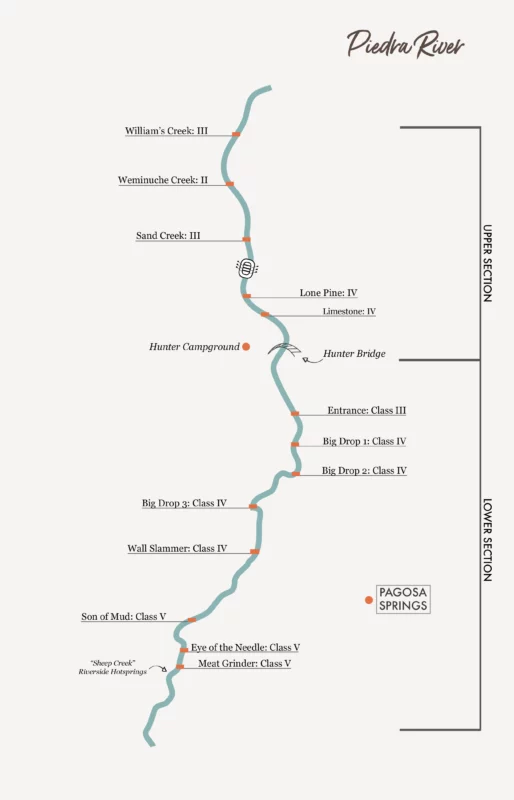
Photos
Disclaimer:
Guides are funny. We like to take duckies down sections of whitewater that should not be run in duckies and do that for fun on our off days. I would also note the water is extremely low, so view these picutres with that in mind and know that the Piedra is much more challenging with normal flows.
